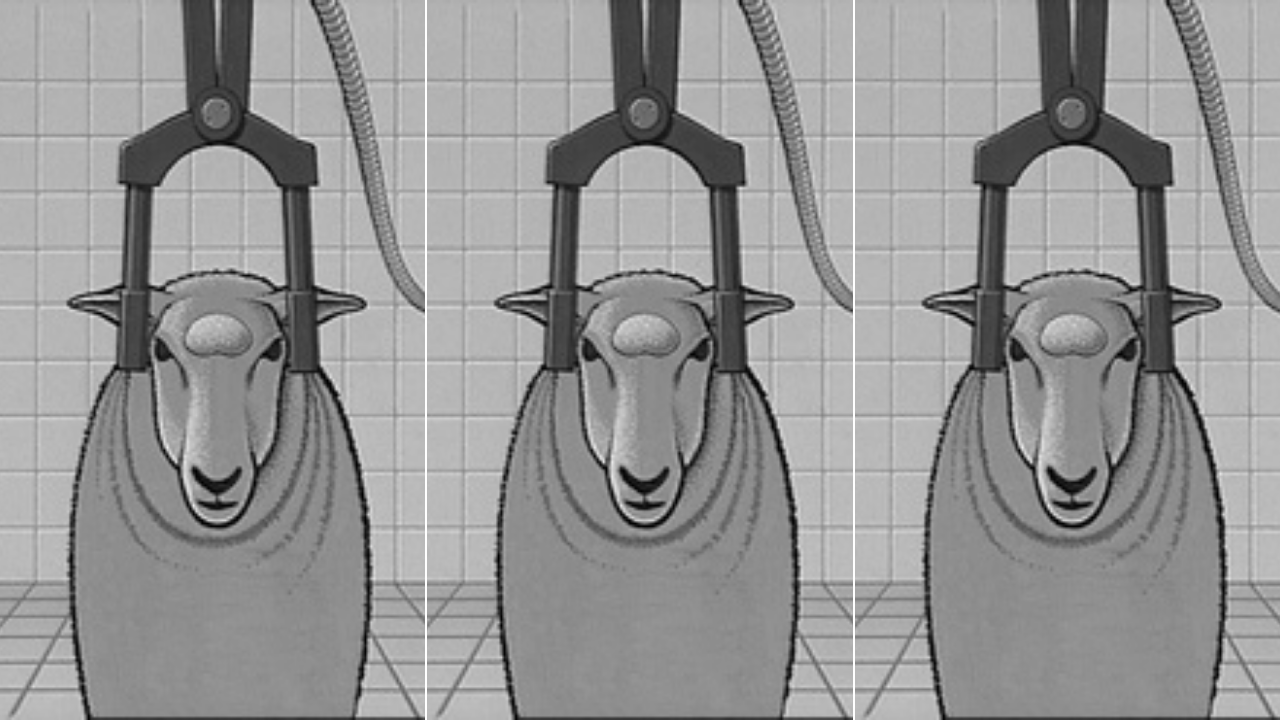Amidst the ongoing Hindutva hate campaign against halal meat and Muslim-owned meat shops in Karnataka, the Society for the Prevention of Cruelty to Animals (SPCA) has written a letter to the Deputy Director of Bruhat Bengaluru Mahanagara Palike (BBMP)’s Department of Animal Husbandry seeking to make stunning of animals mandatory before the animals are slaughtered for meat.
In the letter, the SPCA has asked for the department to check the stunning facilities in the establishments selling meat and sought a report to be submitted to the Society for Prevention of Animal Cruelty to verify if the procedure is being observed.
Reportedly, the department has said that meat shops in Bengaluru are compulsorily required to undertake stunning procedures before animals are slaughtered for consumption and further warned about penalizing meat shops not following the procedure before slaughter with a fine between 50 thousand rupees to 1 lakh rupees.
As per Section 6 in The Prevention of Cruelty to Animals (Slaughter House) Rules, 2001, rule number 4, ‘every slaughterhouse as soon as possible shall provide a separate space for stunning of animals prior to slaughter, bleeding and dressing of the carcasses.’ The order was passed by the Union government in 2001, and the rule has since then existed in books but was never implemented.
However, Prabhu Chauhan, the Minister of State for Animal Husbandry Department told in an interview that his department has not issued the mandatory ‘stunning’ order. “No orders have been issued by our department. Stunning is not mandatory. There was only a letter written that Halal cut should not be practised. There was no order issued. I will review the letter,” he said.
What Is Stunning?
Slaughterhouses around the world implement a method of striking the animal with an electric current to stun and make the animal unconscious before mechanical or manual slaughter. While some methods in controlled environments are reversible- like in the case of Gas stunning, Electric Stunning- allowing for the animal to recover in a short time, other methods such as Captive Bolt, Bludgeon, Blunt Trauma are irreversible and cause the animal to die almost immediately.
Although large-scale meat industries utilize these methods to increase the efficiency of their meat plants, Muslim, Jewish, and some other religious communities have been known to avoid consumption of stunned meat products for religious reasons. While Muslims limit meat and poultry consumption depending on the ‘Halalness’ i.e. the permissibility of any animal product, the Jewish community abides by the ‘Kosher’ rules and the Sikhs adhere to the ‘Jhatka cut’ practices.
Concerning religious mandates on meat consumption, methods such as Captive bolt stunning also bring into the conversation a delicate concern regarding the status of the animal’s life at the time of slaughter. Posing question of whether a proper slaughter is even being performed. If the animal is not alive at the time of slaughter due to stunning, its produce becomes impermissible to consume as per different religious mandates.
Is Stunning Truly Humane?
British scientist, Harold Hillman, who is an expert in the neurobiology of execution methods, has stated, “There is evidence from human beings that electrical stimulation is painful. Electrical current is widely used to torture people in South America/ the Middle East and China; cattle prods or electric batons are used. Victims of torture attest that the larger the voltage or current, the more painful it is; they do not go unconscious immediately. The power used to torture people is of the same order as that used to stun animals.”
“Greater energy used in the electric chair kills the victim after some minutes or spoils the taste of meat. Of course, the voltages and currents experienced by human beings or animals are much lower than those coming out of the devices they use, because the electrodes cannot be applied accurately and firmly, and there are alternative pathways across the skin, through the skin, and into the tissues. In the case of prisoners in the electric chair, the electrodes are moistened and bound firmly to the head and foot to ensure good contact. Burns occur at the sites of contact with the electrodes. Those due to the torture of human beings may be very small. They have been detected histologically in biopsies taken from victims at the Rehabilitation and Research Centre for Torture Victims in Copenhagen. Massive burns and charring are seen at the sites where the electrodes are attached when the electric chair is used. Patients who are given electroshock for manic depression, are anaesthetized because of the stress and pain which would be caused. Other patients, whose hearts require defibrillation with large amounts of energy, are now anaesthetized because those who recovered complained of the pain.”
“Powerful muscle contraction causes painful cramps in athletes. Perhaps the most obvious evidence is that it is painful to touch the electric mains. Why, then, is it so widely believed that electrical stunning is humane?”
Does Islam Permit Stunning Practices?
According to the Fataawa Al-Lajnah Al-‘Daa’imah, 22/456-457, if stunning with a blow to the head or an electric shock kills the animal and it dies before being slaughtered properly, then it is mawqoodhah (killed by a violent blow) and it cannot be eaten even if its neck is cut after that. Allah has forbidden it in the verse where He says (interpretation of the meaning):
“Forbidden to you (for food) are: Al‑Maytah (the dead animals — cattle — beast not slaughtered), blood, the flesh of swine, and that on which Allaah’s Name has not been mentioned while slaughtering (that which has been slaughtered as a sacrifice for others than Allah or has been slaughtered for idols) and that which has been killed by strangling, or by a violent blow” [al-Maa’idah 5:3]
The scholars of Islam have unanimously agreed that such meat is forbidden. But if it is still alive after being stunned in the manner described and is slaughtered properly, then it is permissible to eat it, because Allaah says at the end of the verse, concerning animals that are strangled, dealt a violent blow, suffer a headlong fall, are gored by horns or partly devoured by wild beasts (interpretation of the meaning):
“unless you are able to slaughter it (before its death)” [al-Maa’idah 5:3].
Qur’an does forbid animals that have been stunned if they die as a result of that stunning before being slaughtered properly, because the animal that is stunned has suffered a violent blow, and Allah has stated in this verse that such an animal is haram unless it was still alive and slaughtered properly.
In the fatwa issued by Mufti Shabbir Ahmad, Darul Uloom Bury, details the requirement of the expulsion of blood from the animal meant for consumption as a factor adding to its permissibility. Since it is common scientific knowledge that that stunning causes blood haemorrhage and blood to remain clotted inside the meat, this makes it impermissible for consumption. Because the workings of the physical organs are strongest in the state of consciousness, it is apparent that the expulsion of the blood which is a physical act can only occur during ritual slaughter, as opposed to stunning and then slaughter.











































